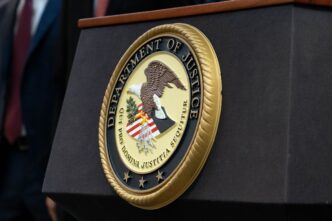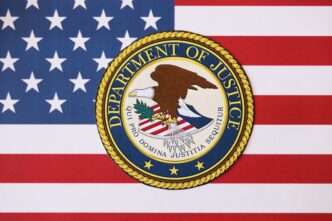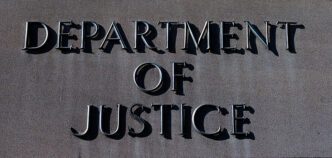South Carolina is keeping certain protocols confidential as it prepares to execute Mikal Mahdi by firing squad, following his conviction for the 2004 murder of a public safety officer. The state’s last execution by this method last month provides some insights into the procedure. Witnesses will not hear a countdown before three volunteers with live ammunition fire at Mahdi in the Columbia prison death chamber. A red bull’s-eye will be placed on Mahdi’s chest, who will be dressed in black jogging pants and a T-shirt instead of the typical green prison jumpsuit.
Mahdi opted for the firing squad over lethal injection or electrocution, similar to Brad Sigmon’s execution on March 7, which marked the first time this method was used in South Carolina. Since the reinstatement of the death penalty in 1976, only three other inmates in the United States have faced a firing squad, all in Utah during the years 1977, 1966, and 2010.
In 2004, Mahdi was convicted for the murder of Orangeburg Public Safety officer James Myers. Authorities reported that Mahdi, after killing a store clerk in North Carolina and stealing a vehicle at gunpoint in Columbia, hid in Myers’ shed. Myers was shot multiple times, and his body was discovered burned in the shed. Mahdi was later apprehended in Florida driving Myers’ unmarked police vehicle. Additionally, Mahdi had pleaded guilty to the murder of Winston-Salem convenience store clerk Christopher Boggs days before Myers’ death.
Mahdi’s execution will involve three prison employees volunteering for the firing squad, positioned approximately 15 feet away. Before the execution, the warden will confirm with the governor and the Attorney General’s Office whether clemency has been granted or if any legal impediments exist. Upon receiving negative responses, Mahdi will be secured in the death chamber, and the curtain to the witness room will open. A final statement can be read by either his lawyer or a prison official, after which a hood will be placed over his head, and the firing squad will proceed without alerting the witnesses.
Not much information is available regarding the individuals comprising the firing squad, although it is confirmed they have undergone required training. A 2023 shield law protecting the identities of lethal injection drug suppliers also maintains the confidentiality of the firing squad details. During a 2022 trial, it was revealed the state uses .308-caliber Winchester 110-grain TAP Urban ammunition, designed to disperse fragments upon impact and heavily damage the heart, potentially rendering the inmate unconscious swiftly.
The Bottom Line
- The state’s decision to conduct executions by firing squad may influence public opinion on capital punishment methodologies and their humane aspects.
- The secrecy surrounding the execution protocols emphasizes ongoing debates on transparency in the justice system and the rights of those involved in the process, including legal and ethical considerations.
- The execution by firing squad could affect South Carolina’s legal landscape, potentially leading to further legal challenges and scrutiny over execution methods.
- Communities might experience heightened discussions on crime, punishment, and rehabilitation, touching on broader social and criminal justice reform issues.
- The impact on the families involved, both victims and perpetrators, underscores the emotional and psychological dimensions of capital punishment, raising questions about closure and justice.






